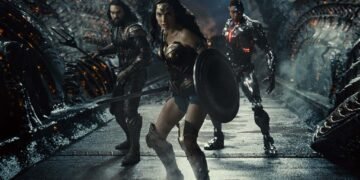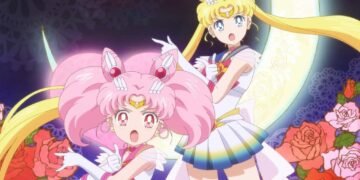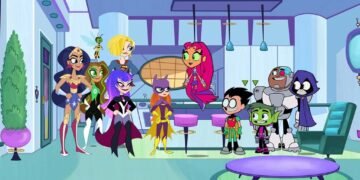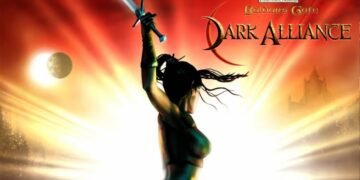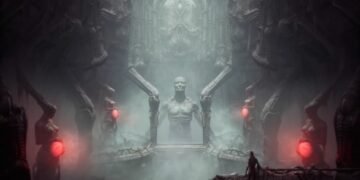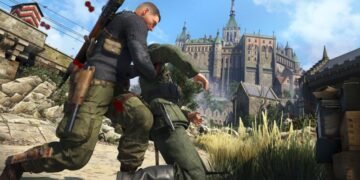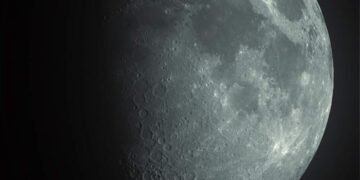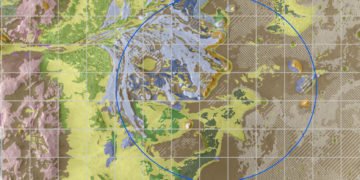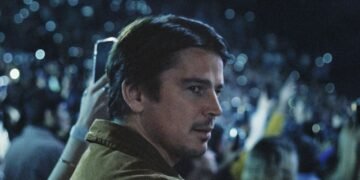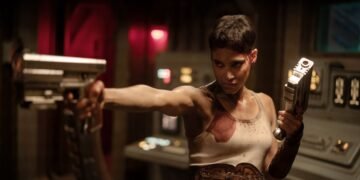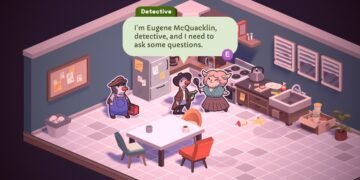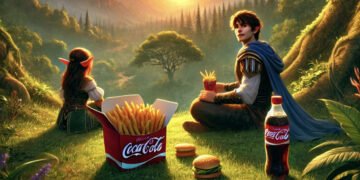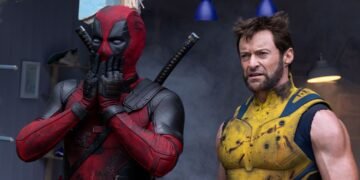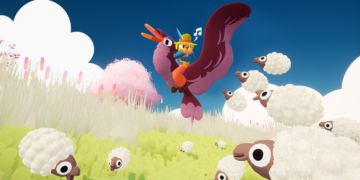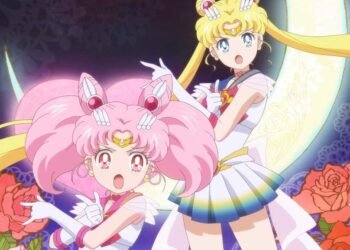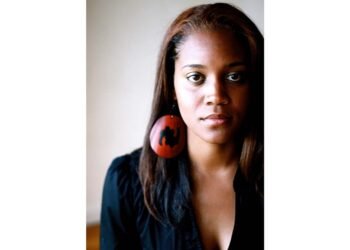Tynion has described his run on Batman as action-horror, and those familiar with his work shouldn’t be surprised with the eeriness he’s injecting into the world of Batman. What really comes into focus in this second installment of the arc titled “Their Dark Designs” are the myriad of aesthetic and tonal influences shaping this run on Batman. Recent writers Tom King, Scott Snyder and Grant Morrison all have an impact here that can be seen and felt. But more than that, there’s a seeming interest in blending elements of Tim Burton, Joel Schumacher, Christopher Nolan and Zack Snyder’s films to create a Gotham City that is equal parts German Expressionist nightmare, neon wonderland, functional landscape beset by politics and class struggles and the ruined dreams of a hero struggling to find his way back. As we prepare to witness the emergence of a new Gotham City in Matt Reeves’ The Batman, it feels necessary to look at what the city is and what we want to see from it.
Gotham has always been the most fascinating city in all of comics, perhaps because it’s been so varied in terms of vision. While Marvel’s burgs are echoes of our real world, incorporating current events, new structures and even traffic patterns, the cities of the DC Universe aren’t bound by any rules of reality or artistic constraints. Places like Central City, Coast City and Metropolis have undergone numerous changes over the years, but none so drastic as Gotham. It’s a place where seemingly no one would want to live, and yet is populated by millions. Snyder’s take on Gotham suggested that its inhabitants saw it as a gauntlet, a test that proved if they could survive there they could survive anything. It’s a city that reacts to its inhabitants, showing both the best and worst of those who live there. Tynion and his art team run with this idea, taking a metatextual approach that finds Gotham as more than a reflection of its comic book population but the entire pop culture phenomenon that is Batman.
The first page of Batman No. 87 gives a clear idea of what this new Gotham looks like. Towered over by ruined buildings and crumbling structures, there’s a glow in the center, a haven of information and unnatural neon light. But this central glow is no sanctuary. It’s merely the physical manifestation of Gotham’s more colorful adversaries. It’s beautiful, and filled with a sense of unease. It’s a place where anything could happen and where the governing bodies of law and order cannot reach. If Gotham is reacting to its inhabitants, and they to it, then this would also explain Tynion and March’s approach to the classic villains Riddler and Penguin, who are simultaneously monstrous and modern, their very bone structures altered to reflect their new surroundings and approach. Like the city itself, the influences of Burton, Schumacher and even Batman: The Animated Series are all over these characters designs, while their methods seem born of a similar post 9/11 need for information and surveillance that gave rise to The Dark Knight (2008).
Tynion also answers a question that has long been on the mind of Batman readers: If Arkham is so easy for criminals to escape from, why keep them there? This issue introduces the new prison known as The Black Block, designed by Batman and Lucius Fox with the intent of creating cells that could hold Gotham’s most dangerous criminals in devices that not even Batman or his family could escape. It’s another aspect of this new Gotham that pushes the city forward even while incorporating style elements of the past. With Arkham, Wayne Tower and the Batcave playing less substantial roles than they have in the past, Tynion and his team of artists have brought a fresh perspective to the book that shows just how important the dismantling of old structures can be.
What the Gotham City of Matt Reeves’ film will look like is anyone’s guess. Filming began in London earlier this month and set photos were taken on the Thames. I’m betting this Gotham City will be more gothic and Victorian-looking than the Gotham of Nolan’s films, but not quite as extreme as Burton’s or the art-deco look of Batman: The Animated Series. And in terms of the most recent depictions of Gotham, seen in Todd Phillips’ Joker and Cathy Yan’s Birds of Prey — which respectively took on a ’70s, Martin Scorsese-influenced New York and a punk-rock vibe — Reeves will probably carve out his own distinct territory unrelated to those in either design or continuity. Our best evidence of the look of Reeves’ Batman, ahead of the trailer, will be the costume reveals. For as varied as Gotham City has been throughout its cinematic appearances, it has always been reflected back in the costuming, creating a complete picture of the city. While the timing of Tynion’s run on Batman and Reeves’ film will prevent either from directly influencing the other, I hope that the idea of Gotham as a place that serves as a mirror, and where new structures are built on top of the old, is something that exists in the zeitgeist and shows up beyond the page.

